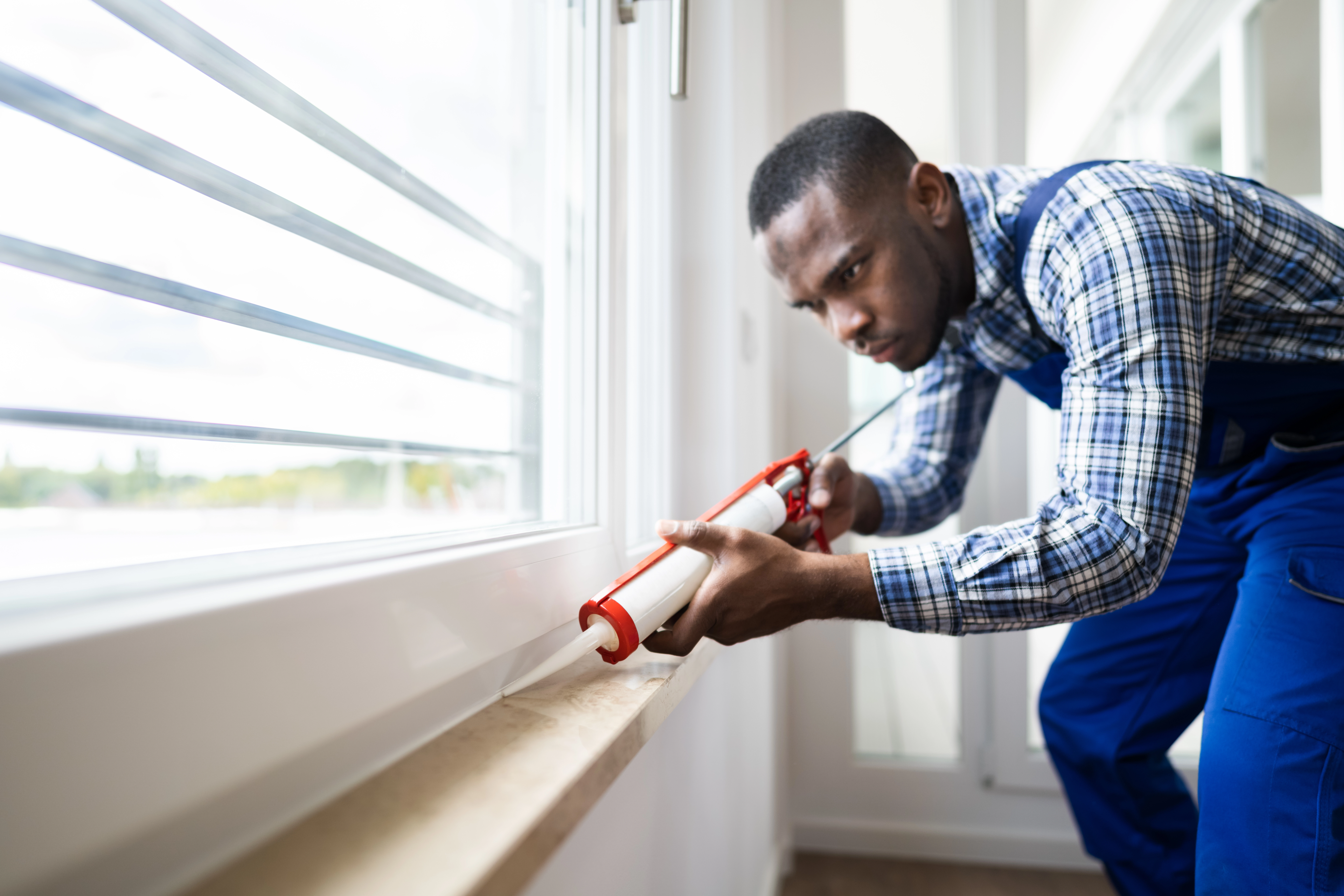What to know about job-site fall hazards

Acuity loss control representatives find that many job-site injuries stem from not training employees how to identify fall hazards. The OSHA fall protection standard not only addresses employees falling from another level but also objects falling from another level. We find this exposure is commonly missed during job-site safety briefings.
Hole covers or guardrail systems must be in place to prevent objects and equipment from falling from one level to another. This applies to holes as small as 2 inches. When holes are not being actively used to pass something from one level to another, they must be protected. Some common holes found by our loss control reps are register vents, drains, elevator shafts, openings for piping or ducts, and drilled holes.
Don’t assume that a hole isn’t a hazard just because it is small or because no one is working in the area. It’s always better to eliminate the hazard. If you aren’t holding a daily safety briefing, we recommend you start. If you already are, please make sure you are training your superintendents and other job-site leaders to look for holes.
An insurance company that cares about you and insuring the things you wish to be insured.
Get a Quote> Find an Agent>

